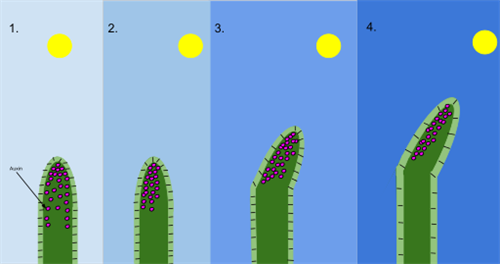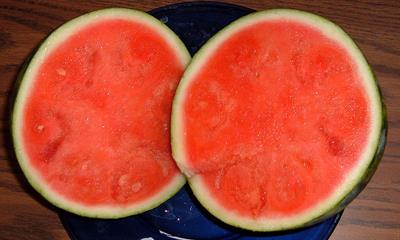PDF chapter test TRY NOW
Types of Auxins:
As discussed earlier auxins are of two types. They are classified into natural and artificial auxins based on their modes of production.
Natural auxins:
The auxins which are produced by the plants are known as natural auxins
Artificial auxins:
The auxins that are artificially produced but have properties like the natural auxins are known as synthetic auxins.
Physiological effects of auxins:
Auxins are chemicals which induce a variety of physiological effects in the various parts of the plant body. Some of them are as follows:
- They induce the elongation of stems and coleoptiles, thereby stimulating them to grow

- They induce the formation roots at lower concentrations and inhibit their formations at higher concentrations.
- The auxins produced by the apical buds are involved in the suppression growth of lateral buds. This phenomenon is known as apical dominance.
- The external application of auxins induces seedless fruits (parthenocarpy) that are formed without fertilization. It is seen in plants such as watermelon, grapes, lime etc.

Seedless watermelon
- These substances also prevent the formation of abscission layer.
Reference:
https://commons.wikimedia.org/wiki/File:Phototropism_Diagram.svg
https://commons.wikimedia.org/wiki/File:Watermelon_seedless.jpg
